Then and now: vintage and modern-day photos of Germany’s historic attractions
Germany through time
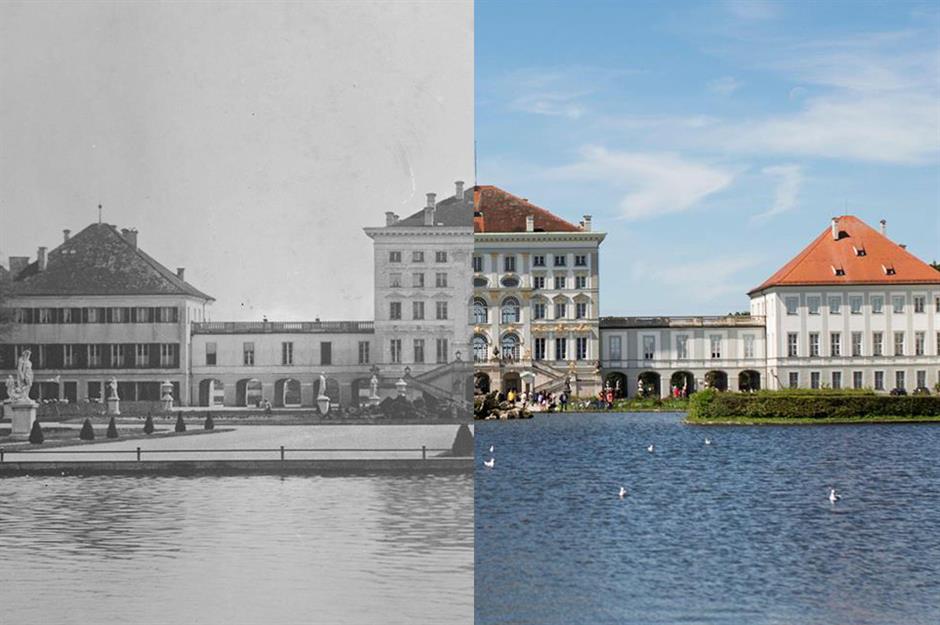
Germany, with its fascinating blend of history and innovation, is home to world-renowned landmarks like the Brandenburg Gate, Neuschwanstein Castle and Cologne Cathedral. This gallery will take you on a journey through Germany's past and present, highlighting the country's cultural heritage, architectural wonders and modern achievements.
Click through this gallery to travel back in time and see how Germany's attractions have changed. To enjoy these images on a desktop computer FULL SCREEN, click the icon in the top right...
Then: Neuschwanstein Castle
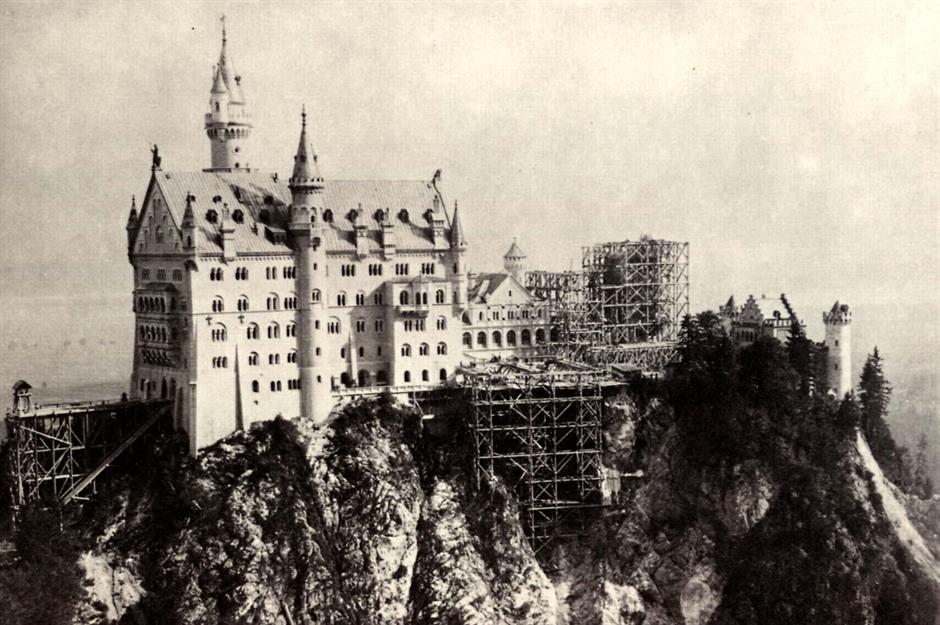
This picture, taken during a late construction phase in the 1880s, shows Germany’s most famous castle. Neuschwanstein, commissioned by Bavaria's King Ludwig II in 1869, was meant as a tribute to medieval culture and architecture but was unfinished when the king died.
Known as 'the Mad King' or 'the Fairytale King', Ludwig lived in the partially completed castle from 1884, though it never stood free of scaffolding in his lifetime. All attempts by ministers to curb the king’s excessive spending on extravagant projects were unsuccessful, and he drowned in mysterious circumstances aged 40.
Now: Neuschwanstein Castle
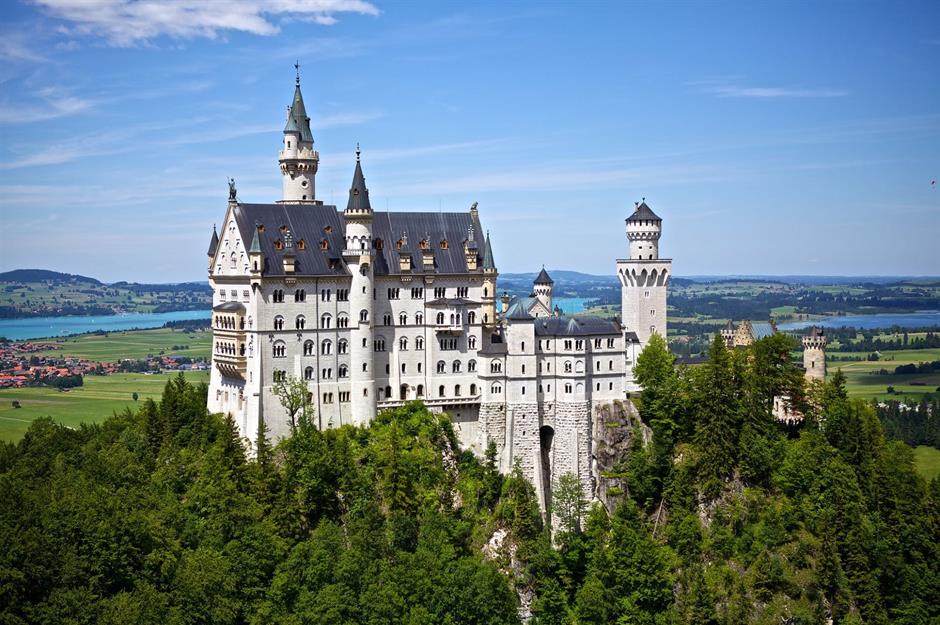
Nestled on top of a rugged hill, the castle offers breathtaking views of the Alps, neighbouring Hohenschwangau Castle and several serene lakes. Its white limestone façade, towering turrets and picturesque surroundings create an ethereal atmosphere that captivates visitors. The castle was reportedly the inspiration for several castles in Disney's movies and parks.
The interior, though incomplete at Ludwig's death in 1886, features opulent rooms like the Throne Hall, inspired by Byzantine churches, and the Singer’s Hall, adorned with murals with Wagnerian themes. Today, Neuschwanstein Castle attracts around 1.4 million visitors annually.
Then: Brandenburg Gate
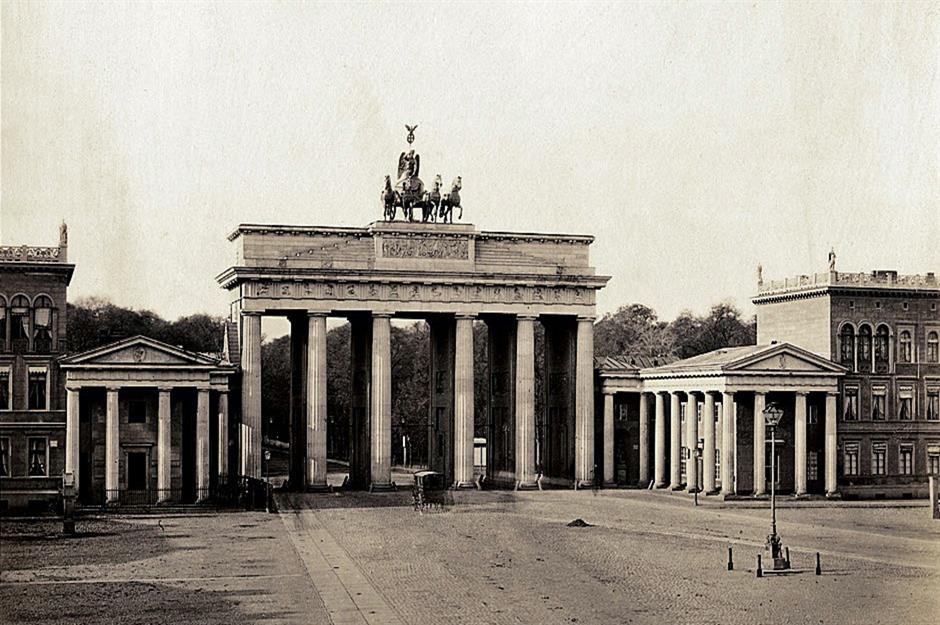
The oldest surviving photograph of the Brandenburg Gate, taken by photography pioneer Leopold Ahrendts, dates back to 1855 and captures the view from the east. Completed in 1791, the gate was commissioned by King Frederick William II and symbolises peace and victory.
Over centuries, the iconic landmark has witnessed key historical moments: Napoleon's occupation, Nazi rallies and Cold War division via the Berlin Wall. Following German reunification in 1990, it became a powerful emblem of resilience and national unity.
Now: Brandenburg Gate

The Brandenburg Gate is located right in the heart of Berlin. A magnificent square sits in front of it – Pariser Platz – where famous buildings like the historic Hotel Adlon and the Academy of Arts are located today.
Designed in the Neoclassical style, the gate features 12 Doric columns forming five passageways and is adorned with a 'quadriga' statue – a stunning chariot sculpture driven by the goddess of victory. Night is the best time to see the gate, when its details are beautifully illuminated.
Then: Cologne Cathedral

Construction on Cologne Cathedral began in 1248 and spanned more than 600 years. It lay abandoned for centuries but was finally completed in 1880, with twin spires that soared 515 feet (157m) and made the cathedral briefly the tallest building in the world.
In the 1850s, Johann Franz Michiels was commissioned to photograph the new stained-glass windows, but he also took pictures of the entire building. This image shows the main body of the church nearing completion, while a medieval crane sits at the base of the south tower – a relic of centuries past.
Now: Cologne Cathedral
This Gothic masterpiece is Germany’s most visited landmark, drawing millions of visitors every year. It's especially known for its intricate stained glass and breathtaking façade, while it can hold more than 20,000 people and effortlessly dominates the city skyline.
The cathedral also houses the Shrine of the Three Kings, a revered relic said to contain the remains of the Magi. Remarkably, the building endured heavy bombing raids during World War II.
Then: Zugspitze
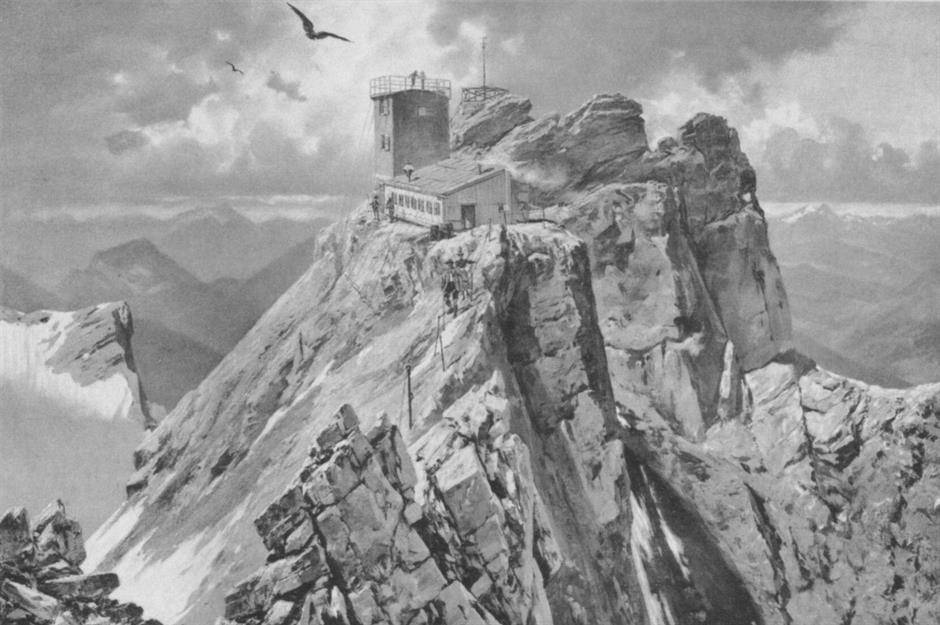
The Zugspitze is Germany's tallest peak at 9,718 feet (2,962m), and was first climbed in 1820. The ascent by Josef Naus and his survey team marked a pivotal moment in Alpine exploration, and by 1900 a weather station (pictured) was established on the summit.
The opening of a cogwheel train in 1930 and the mountain's first cable car a year later made the Zugspitze accessible to tourists and turned it into a major attraction. Though it briefly served military purposes during World War II, the mountain quickly resumed its role as a recreational destination when the war was over.
Now: Zugspitze
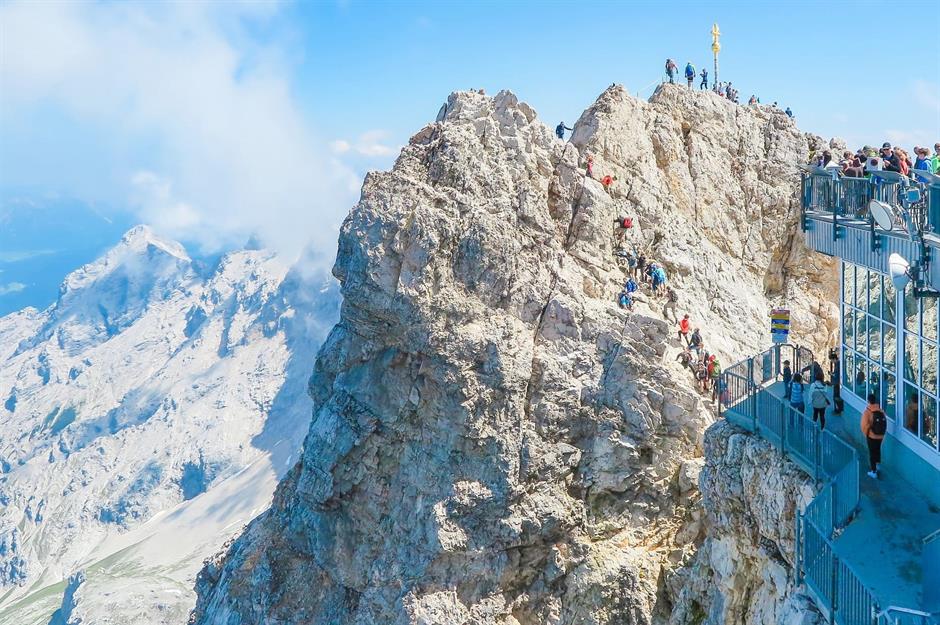
Today, the Zugspitze stands as Germany's premier Alpine destination. The latest cable car (which opened in 2017) holds multiple world records and whisks tourists to the summit in just 10 minutes, while the peak's attractions include panoramic viewing platforms and summer hiking trails. The mountain also hosts up-scale restaurants, a museum and a beer garden, while the surrounding slopes host Germany's highest ski resort.
Love this? Follow us on Facebook for travel inspiration and more
Then: Plönlein, Rothenburg ob der Tauber
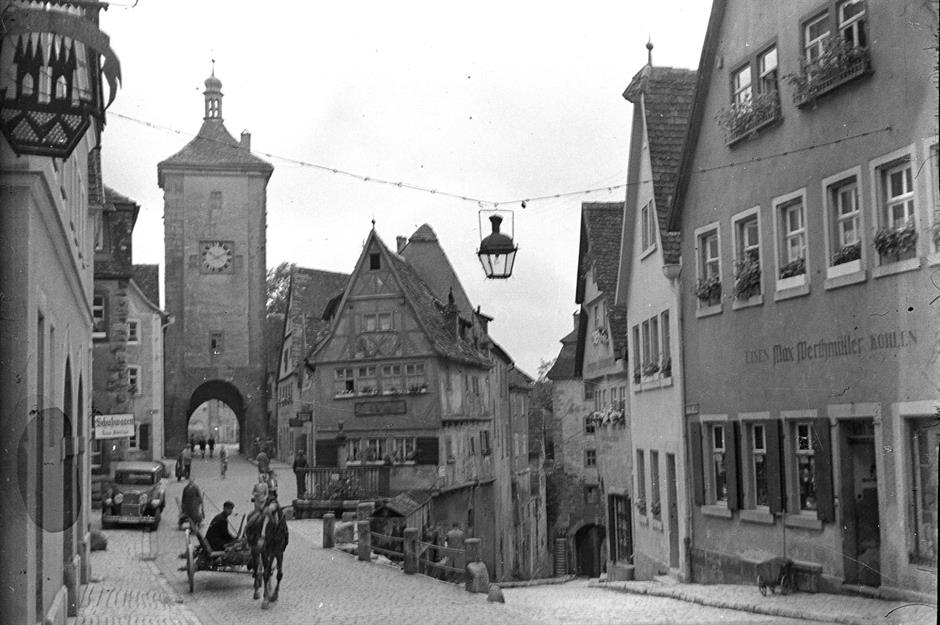
The Plönlein in Rothenburg, captured here in 1933, stands as surely the town's most iconic sight. This charming spot, whose name means 'little square by the fountain' in local dialect, features a distinctive yellow half-timbered house at its centre, tilting slightly with age. A quaint fountain graces the space in front, while two historic towers frame the scene: the Siebersturm on the left and the barely visible 14th-century Kobolzeller Tor on the right.
Now: Plönlein, Rothenburg ob der Tauber
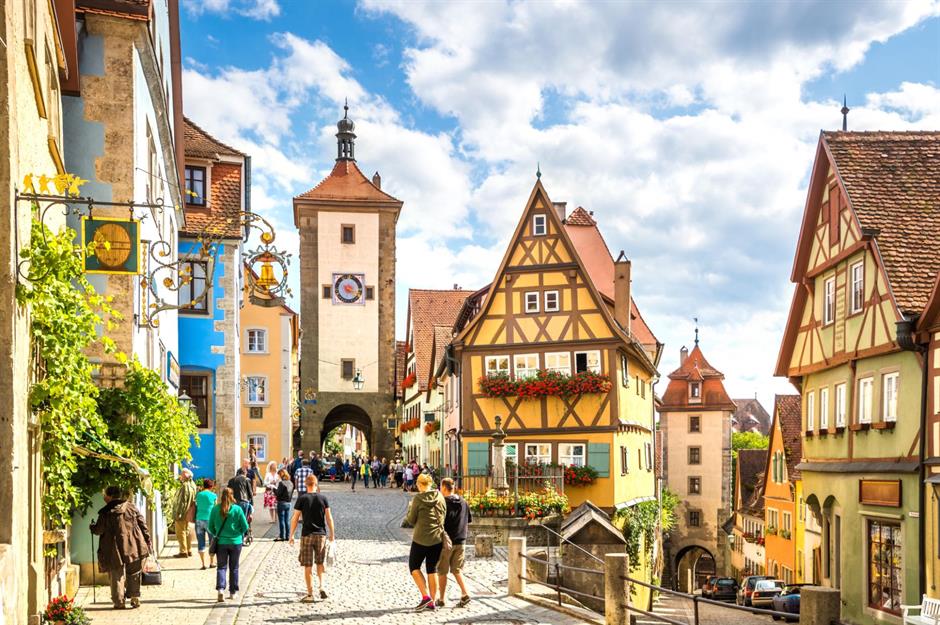
This picturesque corner has become the quintessential snapshot of Rothenburg's medieval character, and has captured imaginations worldwide. Its enchanting atmosphere has inspired countless creative works, appearing on book covers and in magazines, video games, comics and even Japanese mangas.
Perhaps most notably, the Plönlein's medieval charm helped shape the visual backdrop of Walt Disney's animated masterpiece Pinocchio (1940). The town draws around two million visitors annually.
Then: Heidelberg Castle
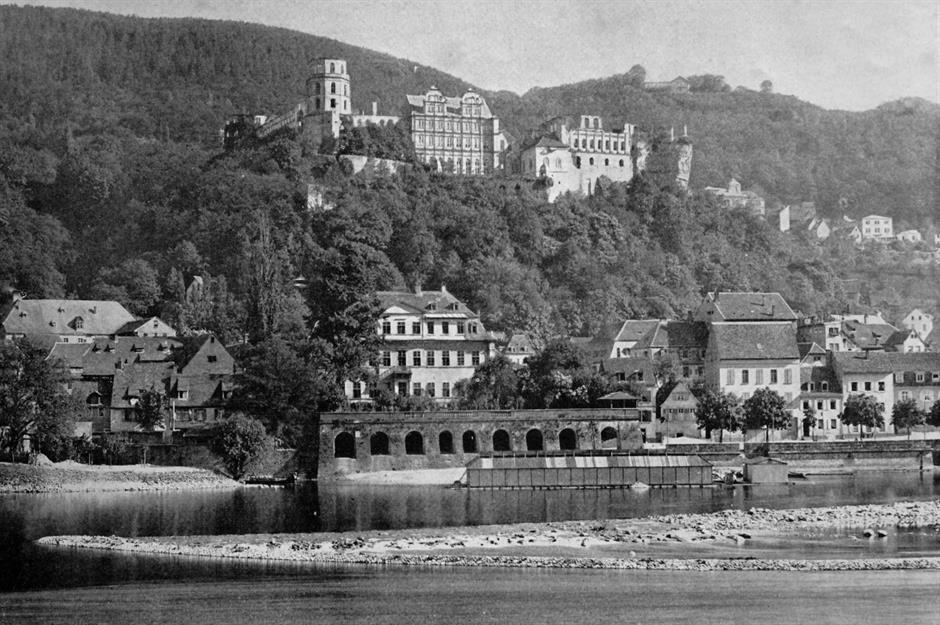
Heidelberg Castle, seen here in the late-19th century, was constructed over hundreds of years beginning in the 1200s. It served as the residence of the prince-electors of the Palatinate for centuries, and reached its grand architectural peak during the Renaissance.
French forces severely damaged the complex during the Nine Years' War in 1689 and 1693, while lightning strikes in 1764 caused further destruction, leaving it largely in ruins. Despite restoration efforts in the 19th century, the decision was made to preserve the castle as a romantic ruin rather than rebuild it.
Now: Heidelberg Castle
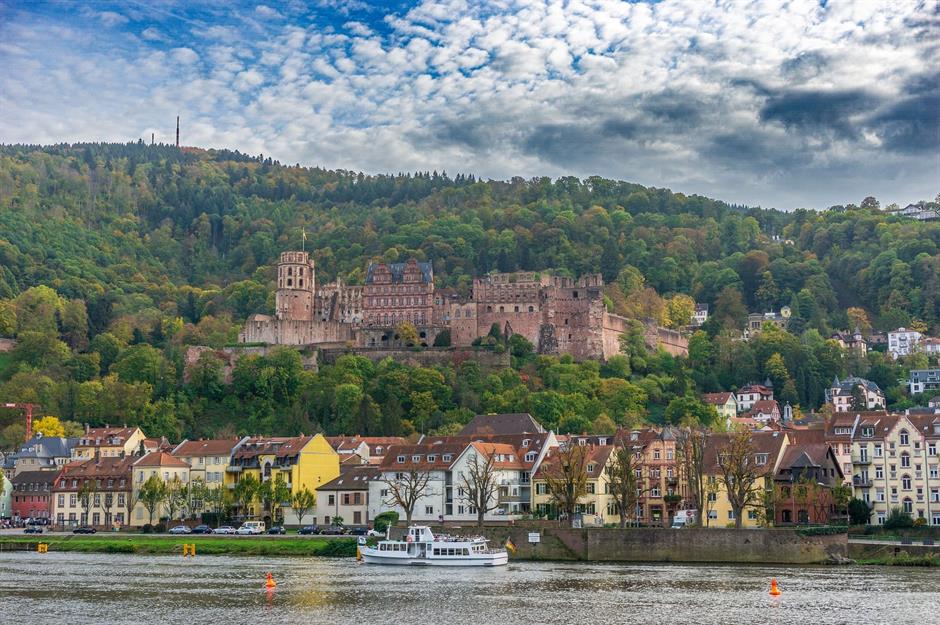
Heidelberg Castle became a source of inspiration for Romantic artists and poets, including William Turner and Johann Wolfgang von Goethe, who were captivated by its haunting ruins. Mark Twain visited in 1878 and wrote extensively about the castle in his travelogue A Tramp Abroad (1880). His descriptions helped popularise the castle in America, contributing to its reputation as a must-see destination for travellers who continue to explore its Renaissance façades, its expansive courtyards and the Heidelberg Tun – the world's largest wine barrel.
Then: Dresden Frauenkirche
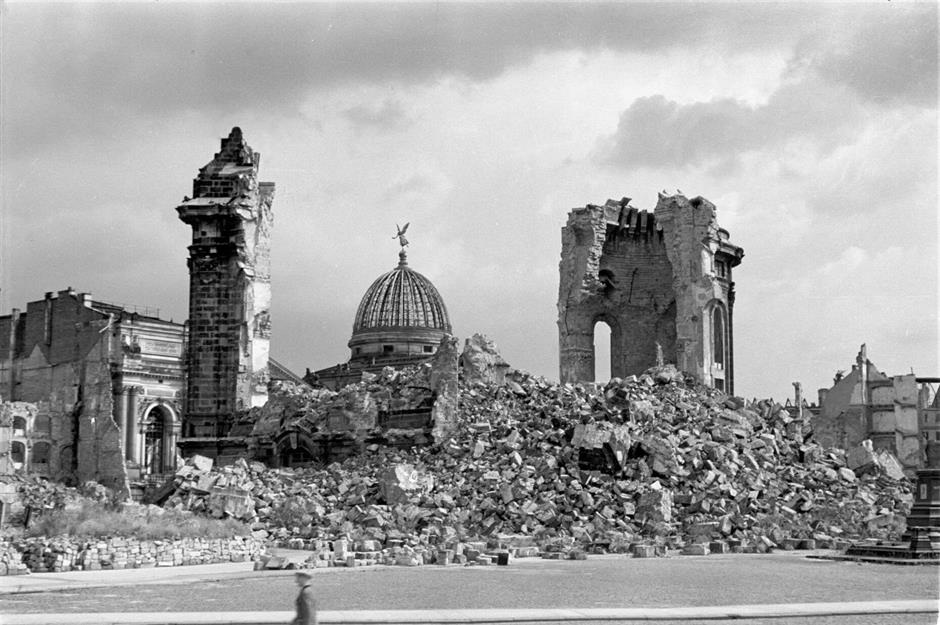
The stunning Baroque Frauenkirche (Church of Our Lady) was originally built between 1726 and 1743, based on designs by architect George Bähr. Its grand sandstone dome, known as 'the Stone Bell', became a symbol of Dresden's skyline and the city's architectural brilliance.
The church served as a Lutheran place of worship and a cultural landmark for nearly two centuries. But during the Allied bombing of Dresden in February 1945, the Frauenkirche was destroyed, leaving a pile of rubble (pictured) that stood as a poignant war memorial.
Now: Dresden Frauenkirche
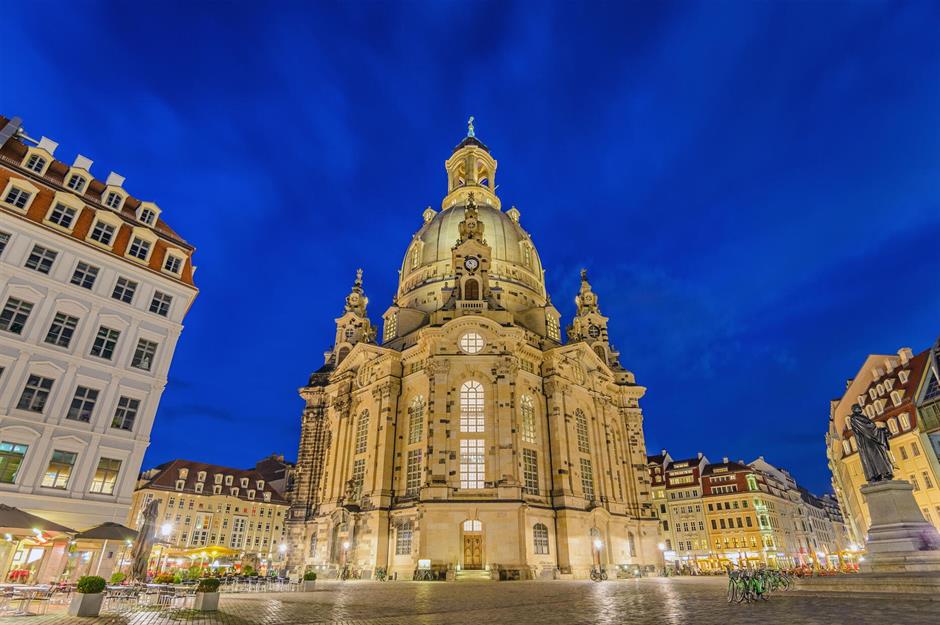
After World War II, Dresden became part of Soviet-aligned East Germany, and the church’s ruins were left untouched for decades as a war memorial. Following German reunification in 1990 a monumental reconstruction effort began, funded by donations worldwide.
Using original stones salvaged from the rubble, the church was meticulously rebuilt, restoring its Baroque splendour. Completed in 2005, the Frauenkirche now stands as a symbol of peace and reconciliation, hosting worship, concerts and visitors from around the globe.
Then: Rügen Island
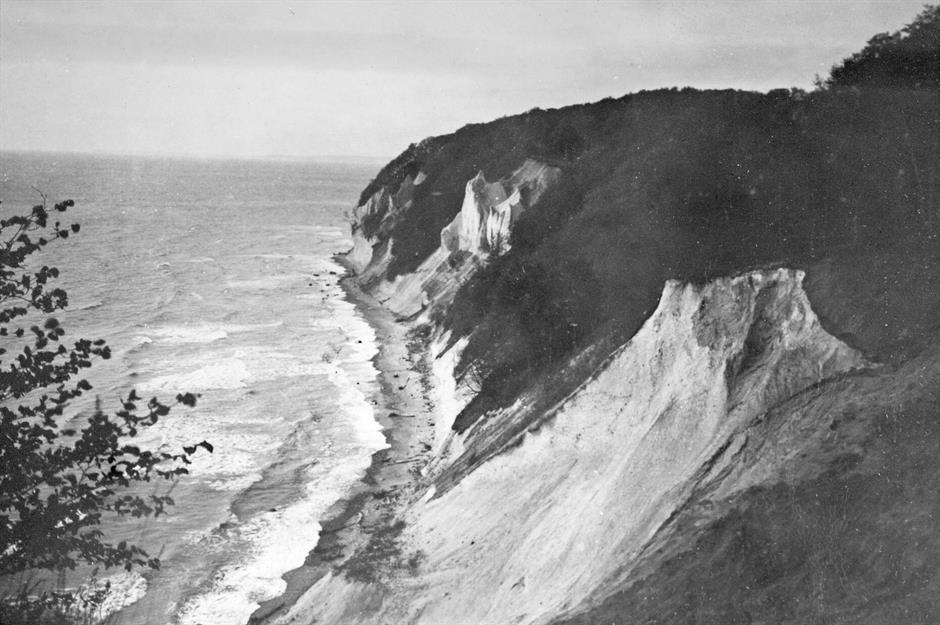
These stunning geological formations were shaped during the Late Cretaceous period, and tourism began on Rügen in the early 19th century, as visitors were drawn to its natural beauty. Caspar David Friedrich, a Romantic painter, brought fame to the cliffs with his 1818 masterpiece Chalk Cliffs on Rügen, capturing their dramatic grandeur against the Baltic Sea. Friedrich’s work and the growing appeal of seaside resorts helped make Rügen, pictured here around 1920, a popular destination.
Now: Rügen Island
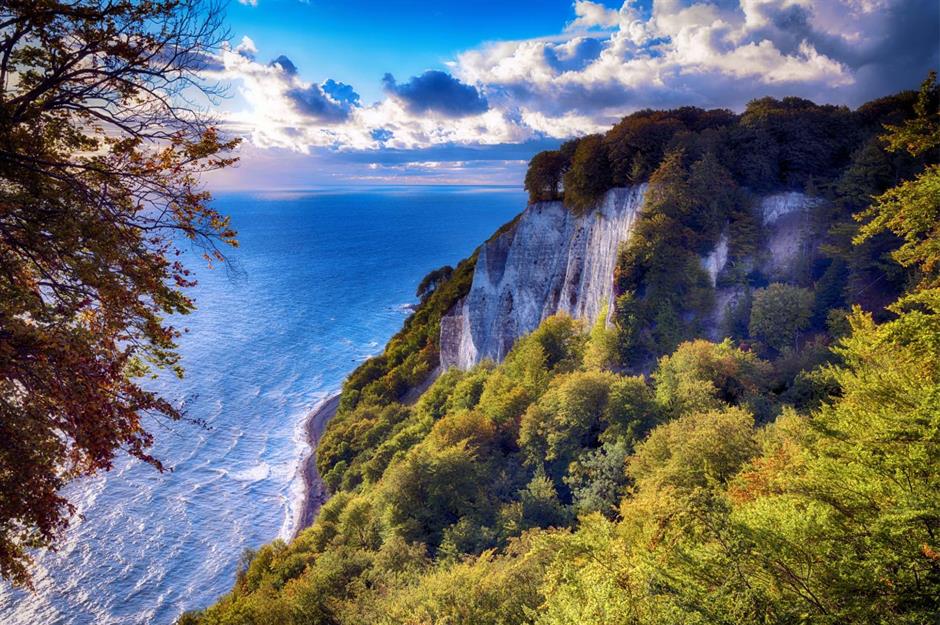
In 1990, the Jasmund National Park was established to preserve the cliffs and the surrounding ancient beech forests, which were recognised as a UNESCO World Heritage Site in 2011. The cliffs are continually reshaped by erosion, with chunks of rock falling away into the Baltic, so conservation efforts are ongoing to protect their beauty. The cliffs are a landmark of Rügen, attracting nature lovers, artists and scientists who marvel at their timeless allure.
Then: Lübeck Holsten Gate
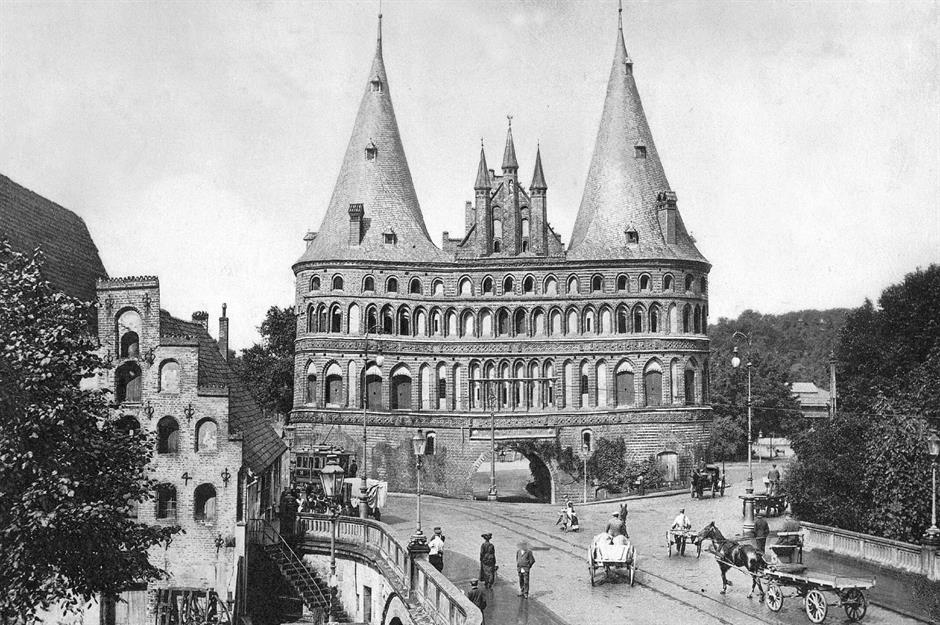
During the Middle Ages, the Hanseatic city of Lübeck flourished through prosperous trade, safeguarding its wealth with formidable walls and strong fortifications. The city was accessible through four gates: the Castle Gate in the north, the Mill Gate in the south, the Hüxter Gate in the east, where the Wakenitz River added natural protection, and the now-famous Holsten Gate in the west. Today, only the Castle Gate and the Holsten Gate (built in 1464 and pictured here in 1911) remain.
Now: Lübeck Holsten Gate
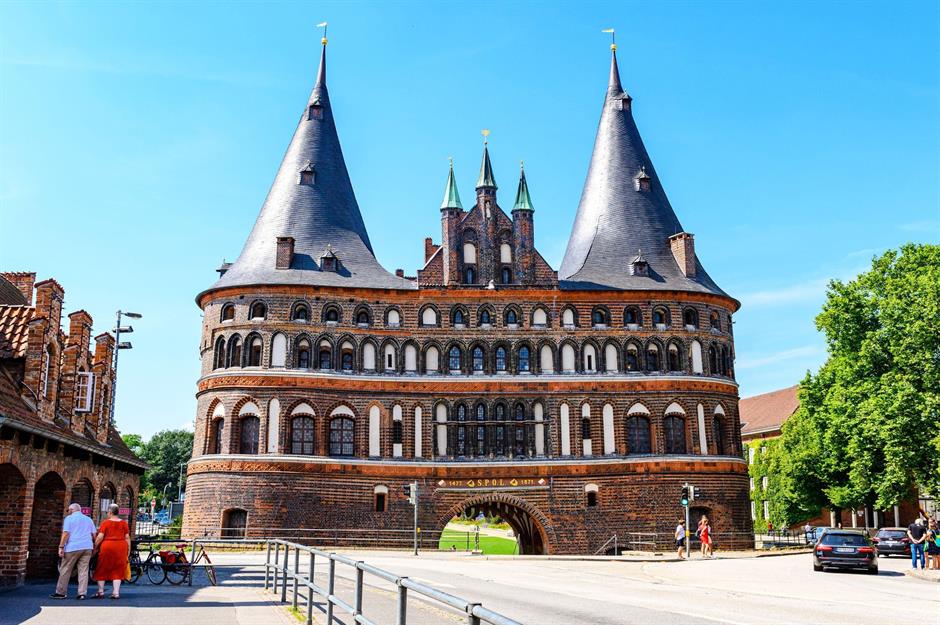
Lübeck's iconic landmark has undergone significant changes in modern times. By the late 19th century, it had become unstable and faced possible demolition, but was preserved after a public outcry. Restored between 1863 and 1871, it became a symbol of Lübeck’s rich past, and in 1950 was converted into a museum showcasing the city's Hanseatic history. The gate became a UNESCO World Heritage Site in 1987.
Then: Nuremberg Castle
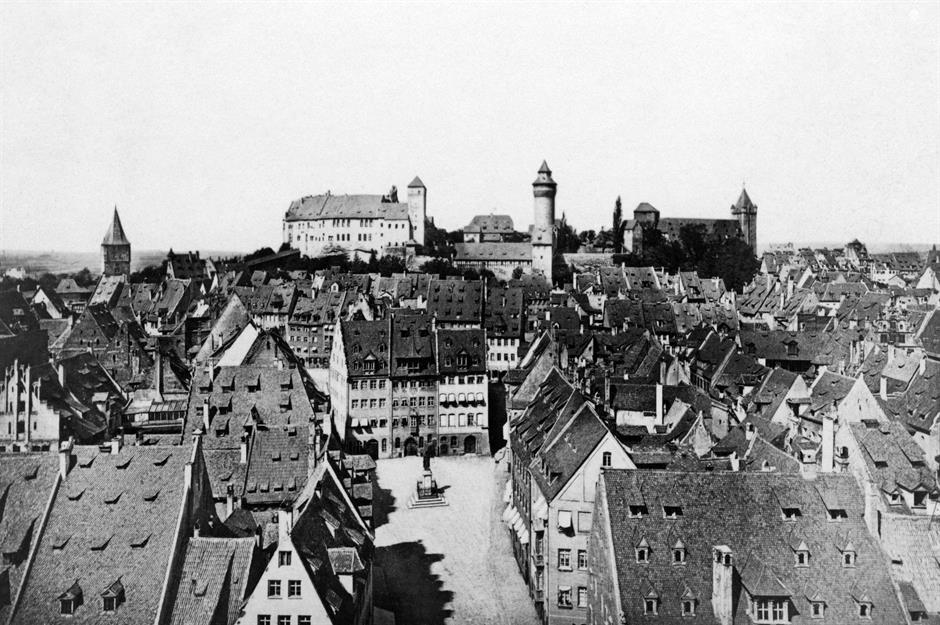
Nuremberg Castle, one of the most important medieval fortifications in Germany, has a rich history dating back to the 11th century. Initially constructed as a royal residence for Holy Roman Emperors, it became a key symbol of imperial power.
The castle (pictured here around 1900) had extensions over the centuries, adding fortifications including the magnificent Sinwell Tower. Although it suffered significant damage during the Thirty Years' War, the castle was restored in the 17th and 19th centuries.
Now: Nuremberg Castle
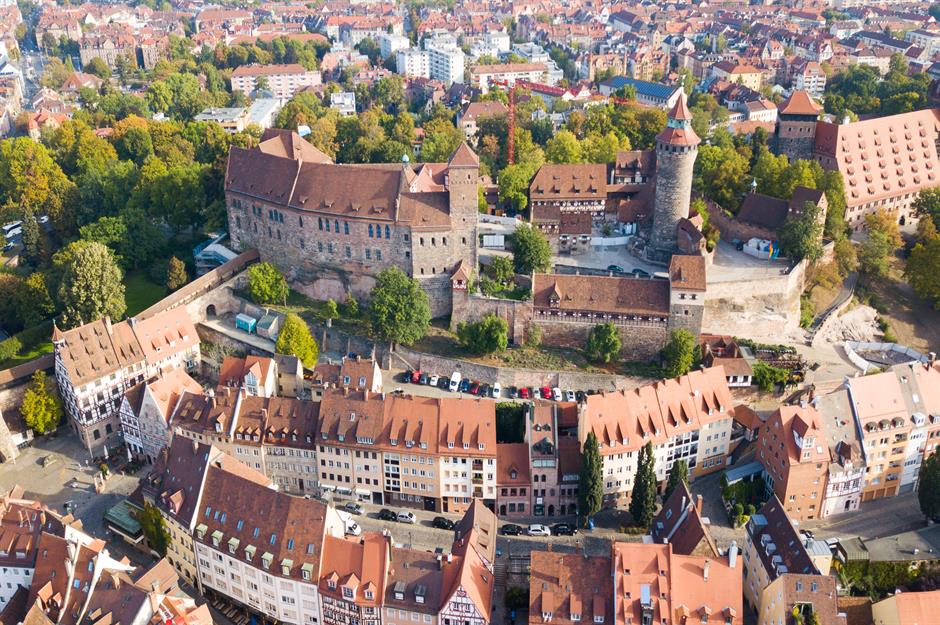
In modern history, Nuremberg Castle has seen yet more restoration and preservation. After suffering bombing damage during World War II, the castle was carefully restored in the 1950s and 1960s, and today stands as a prominent cultural landmark and tourist destination. The castle houses a wide range of exhibits, most of which highlight the history of Nuremberg and its role in the Holy Roman Empire.
Then: Nymphenburg Palace
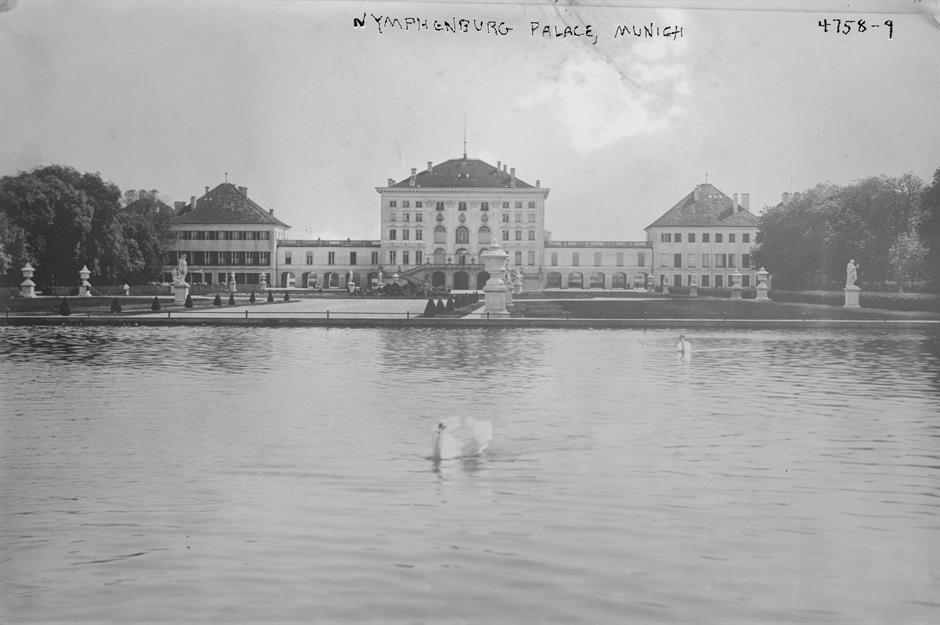
Munich's Nymphenburg Palace, pictured here in the early 20th century, was commissioned in 1664 by Bavarian Elector Ferdinand Maria and his wife, Henriette Adelaide of Savoy, to celebrate the birth of their son, Max Emanuel. Originally a summer retreat, it evolved into a grand Baroque palace under subsequent rulers.
Surrounded by gardens designed by renowned landscape architects, Nymphenburg became a favoured residence of Bavarian royalty. It later housed King Ludwig I and served as the birthplace of King Ludwig II, 'the Mad King'.
Now: Nymphenburg Palace
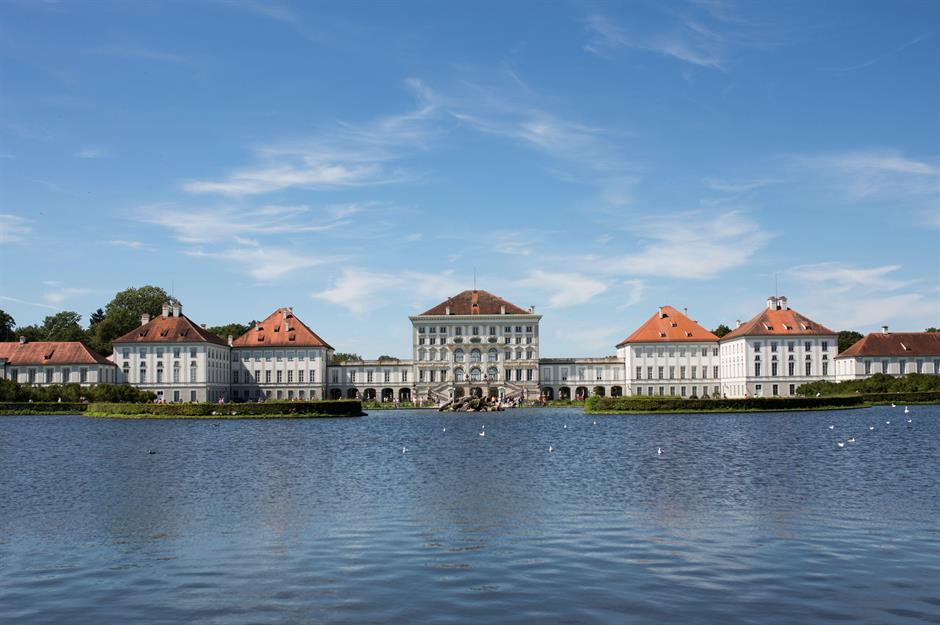
Today the royal palace is one of Munich’s most popular tourist attractions, drawing hundreds of thousands of visitors annually. Its vast gardens, designed in both Baroque and English landscape styles, and its opulent interiors captivate visitors.
The site also houses museums, including the Marstallmuseum with its royal carriage collection and the Museum of Nymphenburg Porcelain. Maintained as a symbol of Bavarian heritage, the palace regularly hosts cultural events such as classical concerts in summer.
Then: Aachen Cathedral
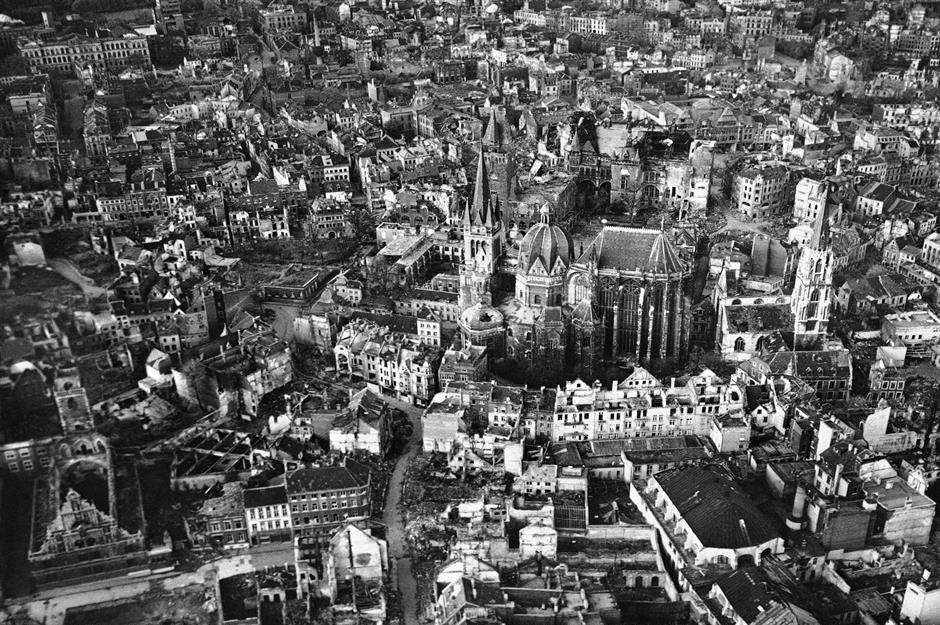
Aachen Cathedral, one of Europe’s oldest, was founded by Charlemagne in around AD 790 as the Palatine Chapel. Quickly consecrated by the Pope, it became the coronation site for German kings – 30 of whom were crowned there between 936 and 1531. The octagonal design and Byzantine-inspired mosaics reflect a vision of uniting Western and Eastern Christian traditions.
Expanded in the Gothic era, it now includes the stunning choir Hall. The cathedral sustained significant damage during World War II, but its basic structure remained mercifully intact – as seen in this ruinous 1944 photograph.
Now: Aachen Cathedral
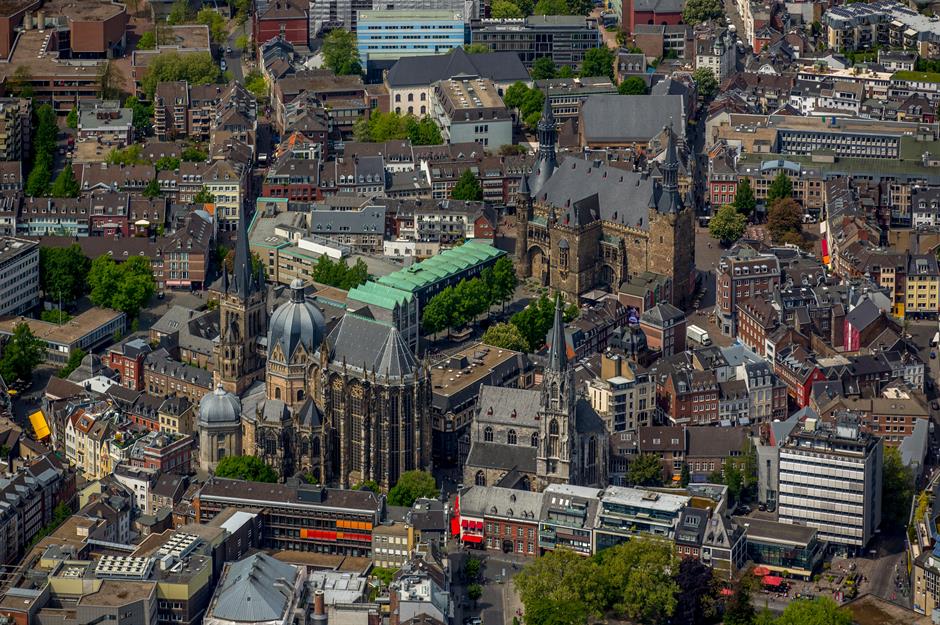
After the war, the cathedral underwent restoration, with careful repairs to its medieval structures and mosaics. In 1978, Aachen Cathedral was one of the first 12 sites ever given UNESCO World Heritage Site status, thanks to its exceptional artistry and architecture, and its central role in the history of the Holy Roman Empire. Today, it stands as a symbol of European unity and history, attracting more than a million people each year.
Then: Porta Nigra
.jpg)
The Porta Nigra ('Black Gate') is one of the best-preserved Roman gates in the world, and is pictured here in the 1930s. Built around AD 170, it served as a northern gateway to the Roman city of Augusta Treverorum – now the city of Trier.
Constructed from approximately 7,200 grey sandstone blocks, the Porta Nigra's name derives from the weathered, darkened appearance it took on over the centuries. It spent centuries as a church before being restored to its Roman form by Napoleon in the early 19th century.
Now: Porta Nigra
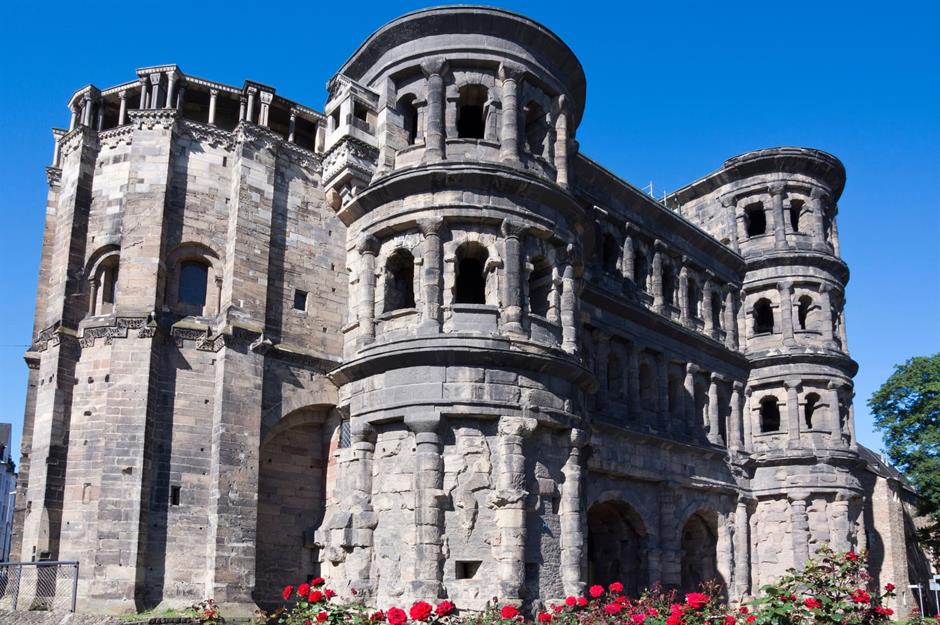
Generally, the Porta Nigra is in remarkable condition, and is almost unchanged since Napoleon's restoration, with a crowning cornice and parapet. But air pollution, particularly the exhaust fumes of passing cars, continues to darken its stones.
The gate became a UNESCO World Heritage Site in 1986 as one of Trier’s Roman monuments, alongside the Imperial Baths and the Aula Palatina. Trier is Germany's oldest city, and the Porta Nigra is its most recognisable monument.
Then: Speicherstadt
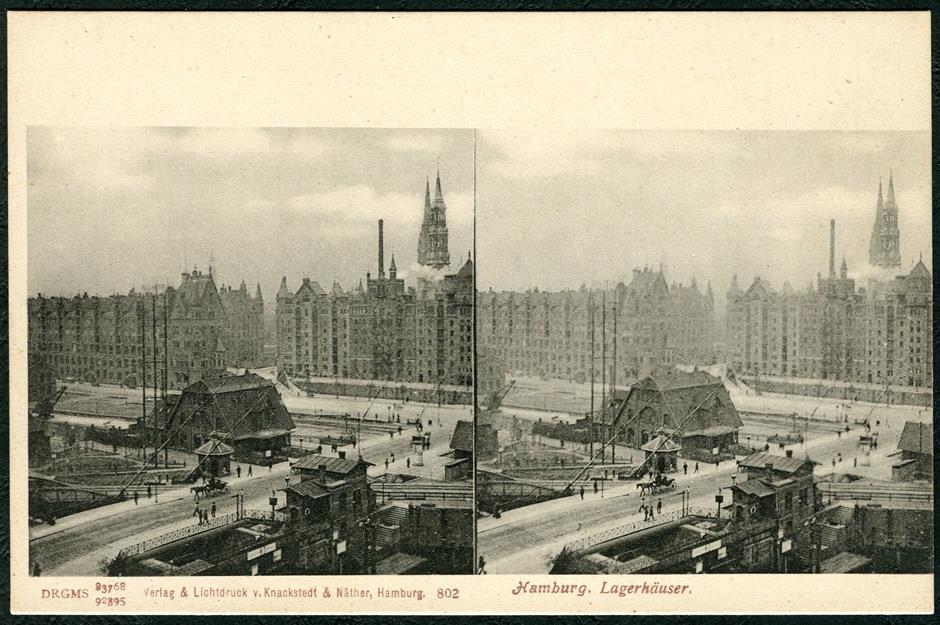
The Speicherstadt, the world's largest warehouse complex, spans approximately 64 acres in the port city of Hamburg. Built into the river on thousands of oak poles between 1883 and the 1920s, it served as a free trade zone for goods like coffee, tea and spices.
The red-brick neo-Gothic warehouses are divided by canals navigable by boat. This stereoscopic image from around 1900 captures the Speicherstadt with church spires, a bridge and horse-drawn carriages.
Now: Speicherstadt
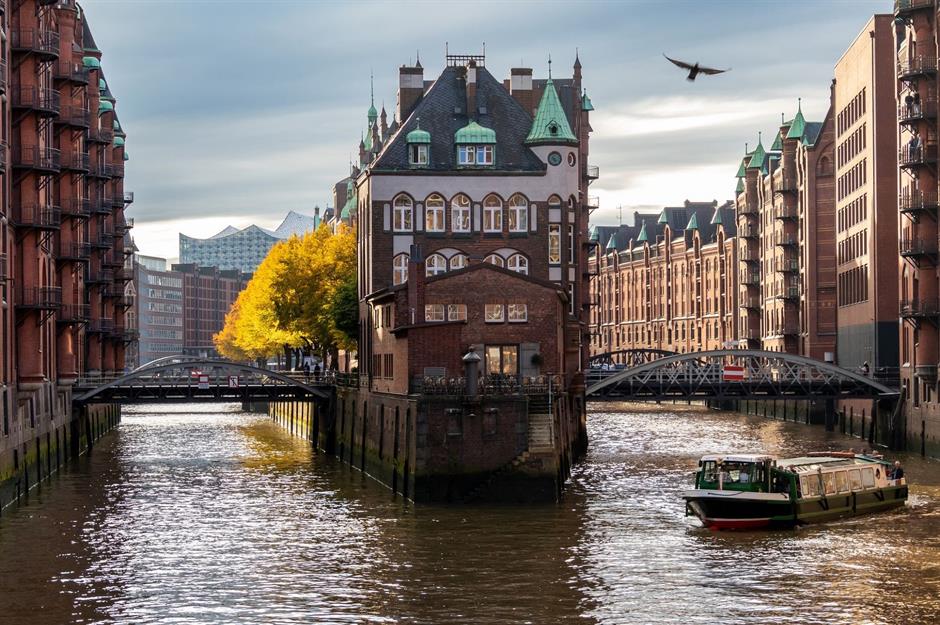
Severely damaged during World War II, the Speicherstadt was restored and declared a UNESCO World Heritage Site in 2015. Today it thrives as a cultural hub, mixing historic charm with modern attractions.
Visitors can explore Miniatur Wunderland, the world’s largest model railway, experience the interactive thrills of the Hamburg Dungeon or delve into maritime history at the International Maritime Museum. The Speicherstadt’s famous warehouses, canals and bridges are best explored on a boat tour.
Then: Sanssouci Palace
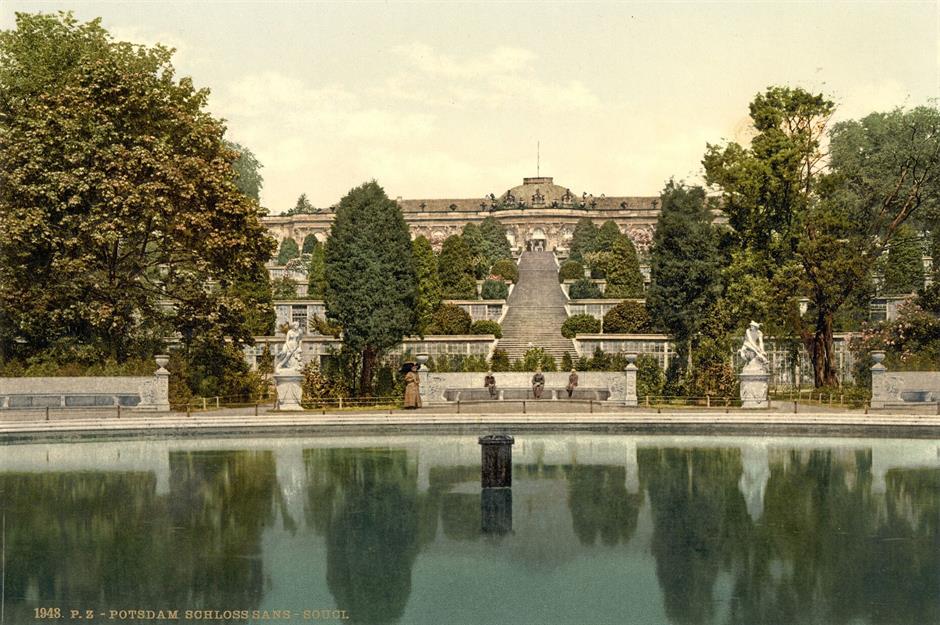
Frederick the Great's Sanssouci Palace, ('sanssouci' meaning 'without worries' or 'carefree') is a Baroque complex near Potsdam, just outside Berlin. Built in the 1740s, the palace features stunning gardens with statues and vineyard terraces. It's pictured here around 1900.
Notably, Frederick requested to be buried on the highest vineyard terrace, wishing to remain close to his beloved Sanssouci even in death. His wish was ultimately fulfilled in 1991, when his tomb was placed on the upper terrace, nearly two centuries after his original request.
Now: Sanssouci Palace
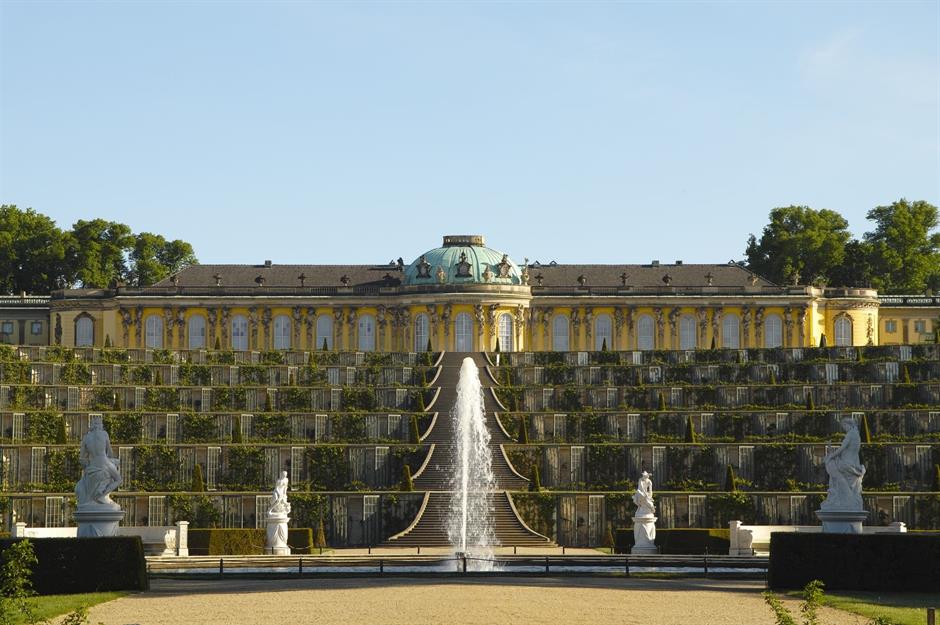
In 1990, Sanssouci Palace became a UNESCO World Heritage Site. After German reunification, extensive restoration efforts began, and now the palace welcomes millions of visitors annually. Extensive archaeological and architectural research continues to uncover new information about the palace's construction and its former inhabitants, adding to its historical allure.
Comments
Be the first to comment
Do you want to comment on this article? You need to be signed in for this feature